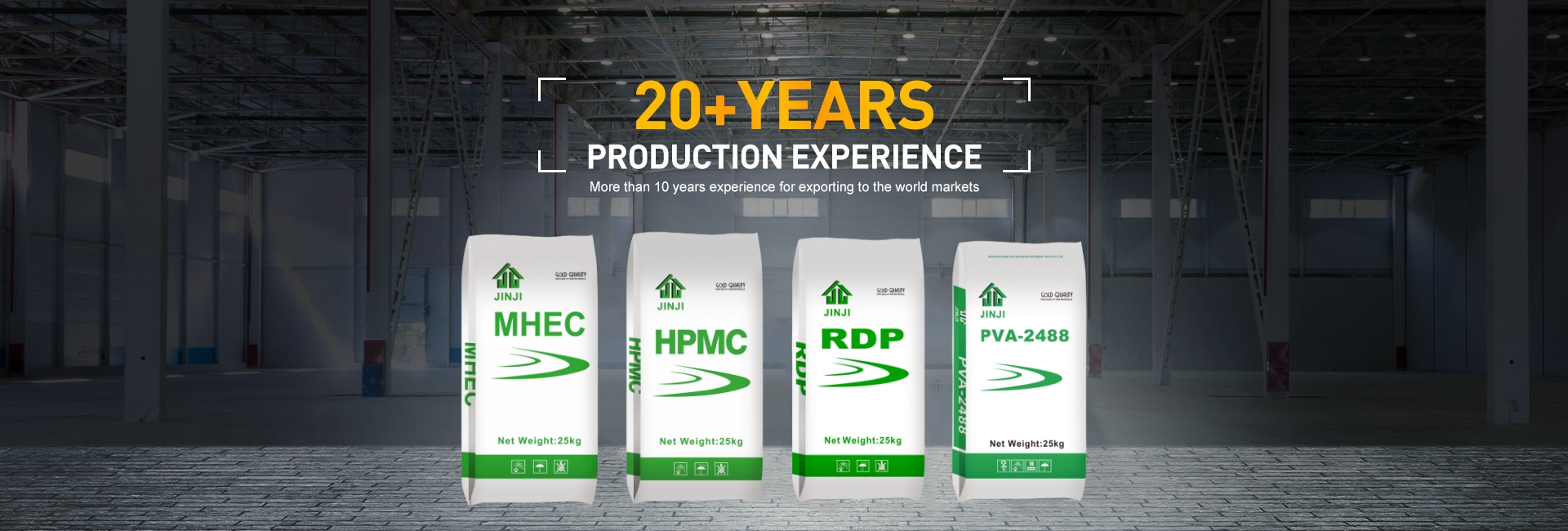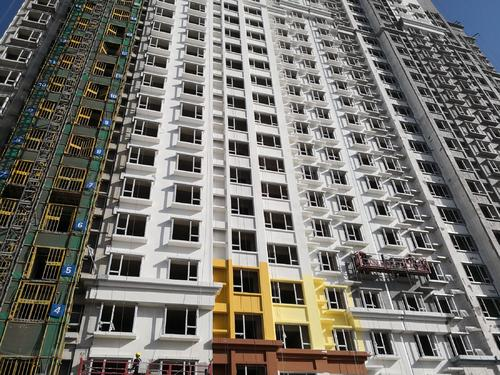Hydroxypropyl Methyl Cellulose (HPMC) for Construction: Enhancing Structural Integrity and Performance
Cellulose, a natural polymer derived from refined cotton linter, has been widely utilized in various industries for its exceptional properties. In the field of construction, cellulose finds immense value as a key ingredient in the development of high-quality building materials. With the advent of Hydroxypropyl Methyl Cellulose (HPMC), the construction industry has witnessed a remarkable advancement in terms of structural integrity and performance.
HPMC for construction is a non-ionic cellulose ether polymer, primarily based on cellulose. This unique compound offers numerous benefits due to its exceptional properties. The combination of cellulose with hydroxypropyl methyl groups enhances the adhesive strength, binding capacity, and water retention capabilities of the resulting material. The incorporation of HPMC in construction materials ensures improved workability, increased durability, and enhanced overall quality.
One of the major advantages of HPMC is its water retention ability. When used in construction applications such as cementitious mortars or tile adhesives, HPMC effectively prevents water evaporation from the mix, ensuring optimal hydration of the cement and thus enhancing the strength and durability of the final product. This water retention characteristic also allows for better workability of the materials, making them easier to handle and apply during construction processes.
Further enhancing the performance of construction materials, HPMC acts as a thickener and rheology modifier. It imparts excellent consistency and stability to the product, enabling better control over the application and reducing the chances of sagging or slumping. The addition of HPMC also improves the adhesion properties of the material, providing better bonding between various surfaces, whether it be tiles, bricks, or other construction elements.
In addition to its role as a performance enhancer, HPMC also functions as an excellent protective agent. It acts as a barrier against moisture penetration, protecting the underlying surfaces from water damage, rot, and decay. This makes it an ideal ingredient for applications in exterior coatings, plasters, and renders where the material is subjected to varying weather conditions. Moreover, HPMC exhibits thermal insulation properties, contributing to energy efficiency and overall sustainability.
Furthermore, HPMC for construction is also known for its versatile nature. It can be easily modified to meet specific requirements, allowing for customization based on different construction applications. By adjusting the degree of methoxy and hydroxypropyl substitution, HPMC can be tailored to deliver optimal performance in a wide range of construction materials, including cement mortars, self-leveling compounds, and grouts, to name a few.
In conclusion, Hydroxypropyl Methyl Cellulose (HPMC) offers a range of exceptional properties that greatly enhance the structural integrity and performance of construction materials. Its water retention ability, consistency, adhesive strength, and protective nature make it a valuable ingredient in various construction applications. With its versatile nature, HPMC provides the construction industry with a powerful tool for creating high-quality, durable, and sustainable building materials.
Post time: Aug-24-2023


